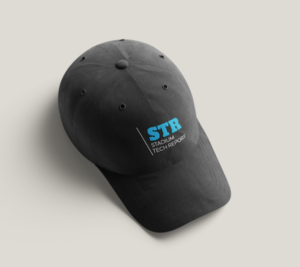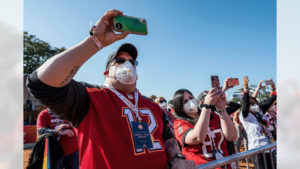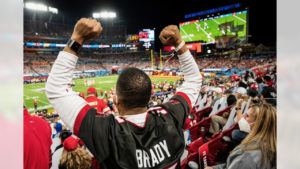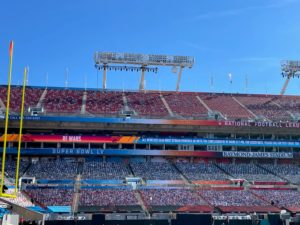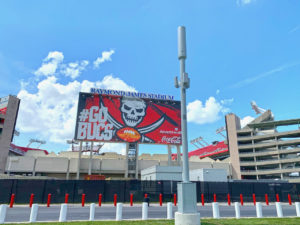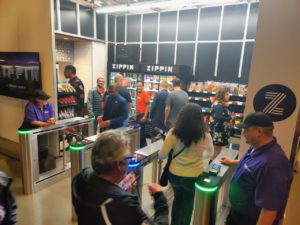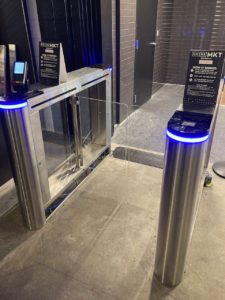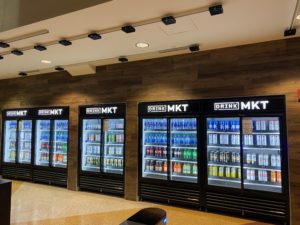To all stadium, arena, ballpark, race track, concert-hall, convention-center, airport, casino and other large public venue owners, operators and administrators and deployers of connectivity technology: We need you!
That is, we need you to take our Stadium Connectivity Outlook survey, a vehicle designed to find out “where we’re at, and where we’re going” when it comes to connectivity technology and the business operations it supports in large public venues of all shapes and sizes.
And while being in the cooperative spirit is its own reward, we will also be sending every respondent a new, cool, Stadium Tech Report hat, which you can’t buy in stores! So take the survey now!For an industry known for its collaborative spirit, Stadium Tech Report wants to empower that knowledge-sharing by compiling a wide range of observations, thoughts and actual deployment facts into a single, powerful set of conclusions that will serve to inform and guide the market as a whole, as well as individual connectivity plans and strategies for venues of all sizes and locations.
Along with stadiums of all types, that also includes other large public venues like convention centers, airports and other businesses that have the same scale and size issues when it comes to connectivity. We’ve put together what we think is an interesting compilation of questions that will provoke thought and provide deep insights that this market has really never seen before. We’re pretty excited about the possibilities for this survey.
But we can’t do it without you.
Real information and insight informs real strategies
What makes a survey like this different from ivory-tower analyst-type projections is the insights shared by people like yourself, people actively involved in the operation and administration of connectivity at public venues of all shapes and sizes. Unlike our past surveys (which focused on things like numbers of antennas deployed) the Stadium Connectivity Outlook survey goes far deeper, asking questions about how venues prioritize spending to address certain operational pain points; how they feel about their progress along the innovation path; and what types of business opportunities venues might want to address with cutting-edge technologies like 5G cellular, Wi-Fi 6 and multi-access edge computing (MEC).
So it’s not a simple yes/no questionnaire. To gain real value, we need to ask some complex questions, which will require some dedication and time to answer fully. While response times may differ, we estimate it will take most respondents between 10 and 15 minutes to complete the survey. While we realize all of you are busy and that taking surveys is not at the top of anyone’s to-do list, we do ask you to consider the value of the results if everyone we reach out to replies; it will be a veritible cornucopia of insights and information which will benefit one and all who are involved.
And did we mention the cool hat?
Seriously, you can look at it as your individual contribution to the entity known as Stadium Tech Report, which we may remind you, charges nothing to our audience for the information we share and distribute. Just as we rely on the time and kindness of venues for the access and information that powers our stadium technology deployment profiles, so are we asking all of you to make a similar kind of contribution, sharing your information so that everyone — all our readers — can learn and profit from each others’ experiences.
So please — for yourself, for your colleagues, for your industry — and also for the hat — please take our Stadium Connectivity Outlook survey today!
